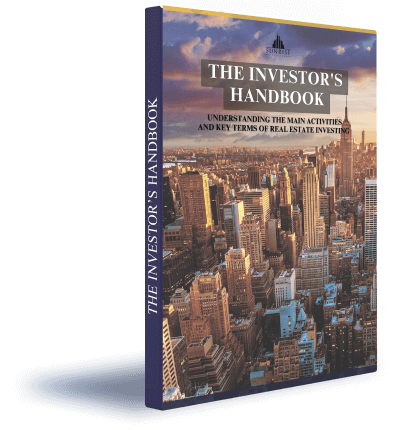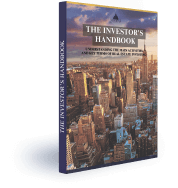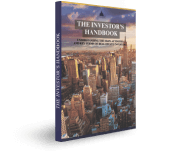Expected returns on commercial real estate investment of course do vary. How much you should expect to earn when investing into a syndication depends on numerous factors:
For example, a type of the investor you are (different return requirements for institutional vs individual investors), a property class (A, B, C. D Class is considered a “war-zone” in multifamily and typically is not syndicated. This is for cowboys!), the type of real estate (industrial, office, self-storage, retail, leisure, student housing, healthcare, multifamily), the amount of heavy lifting required (how much of a turnaround is needed and how much of a renovation/construction a so-called “deal sponsor” (a person or a group who is putting a deal together) is going to do. The higher the risk, the higher is the expected return).
(As a side note, if you are interested in taking a look at some of live commercial real estate deals, nowadays you can see a few of them online by registering at www.crowdstreet.com and www.realcrowd.com – pretty cool, isn’t it?!)
In this article, we are going to focus on the expected return for passive investor partners (also known as “LP investors”) in our preferred strategy which is Class B/C value-add multifamily. “Value-add” means that there is a potential opportunity to increase cash flow (the most common cash flow metric in commercial real estate is “Net Operating Income” or “NOI”). For example, you could:
- Increase rents by bringing them to market levels (existing rents are not always there)
- Make renovations to upgrade the units and add amenities – and then increase rents
- Improve a property’s “curb appeal” – new landscaping, reseal parking, new signage, etc
- Add new revenue streams (new sources of fee income: pet fees, parking fees, laundry, etc)
- Renegotiate existing contracts to lower expenses (security, landscaping, cable, etc.)
- Install water-efficient faucets, toilets and showerheads to reduce water and sewer expenses
Ok, enough of beating around the bush! What ARE the expected returns of this strategy?
- Typically, 6-10% cash on cash return annually (8% seems to be most common), which could be “preferred” return (i.e. with 8% return, if you invest $100k, you get $8K in distributions; “preferred” means that the sponsor (a GP that is putting a deal together) wont’ get a cent unless the LP investors get 8%. LPs are “first in line” to get paid in the waterfall)
- Total IRR of 17%-19%+ (internal rate of return, also takes into account the gain on sale on the exit. For those familiar with bond investing, IRR is the same concept as “yield to maturity”)
- Minimum investment is usually $50,000
IRR would of course depend on the holding period of the investment. We generally target five years however opportunistically might decide to exit earlier if the price is right – that would often result into a higher IRR. Alternatively, if we are forced to hold the investment for longer than five years, IRR could decline.
Are you interested in learning more about multifamily real estate investing? Our team of experienced professionals is here to help. Whether you’re looking for advice on conducting market research or need assistance in identifying the best investment opportunities, we have the knowledge and expertise to guide you through the process. Subscribe to our YouTube channel to access informative videos and expert discussions on multifamily real estate investing. Follow us on Instagram for inspiring visuals and exclusive content. Check out our new customized ChatGPTs: Real Estate Investing Coach and Real Estate. Ready to elevate your real estate investment journey? Contact us now to schedule a consultation and take the first step towards achieving your financial goals in the multifamily real estate industry.



























